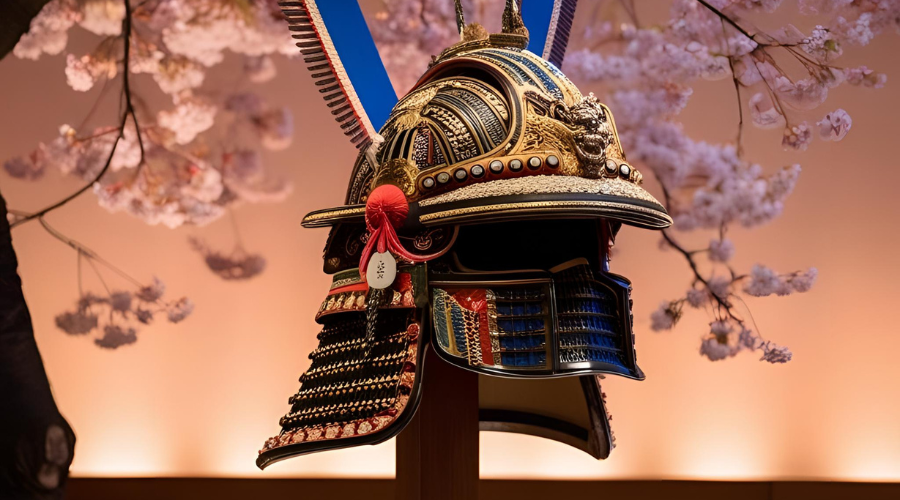
Helmet
Japanese Name:
兜
Romaji Name:
kabuto
Description
↓↓
A kabuto is a traditional Japanese helmet that was worn by samurai warriors during the feudal period of Japan. The kabuto is one of the most iconic pieces of samurai armor, designed not only for protection in battle but also to symbolize the warrior's rank, status, and identity. The helmet is a significant part of Japanese culture and history, often seen in festivals, historical reenactments, and as a display of martial heritage.
History
↓↓
The kabuto is a traditional Japanese helmet that originated in the 5th century as part of early armor.
By the Heian period (8th–12th century), it developed into a more elaborate form used by samurai warriors.
During the Sengoku period (15th–16th century), kabuto designs became highly decorative, often featuring crests or horns to display power and identity.
Kabuto were crafted from iron and leather, combining protection with artistry.
With the end of the samurai era in the 19th century, kabuto lost its military function but remained important in cultural and ceremonial contexts.
Today, kabuto are treasured as symbols of bravery and tradition, often displayed during Japan’s Boys’ Festival (Children’s Day).